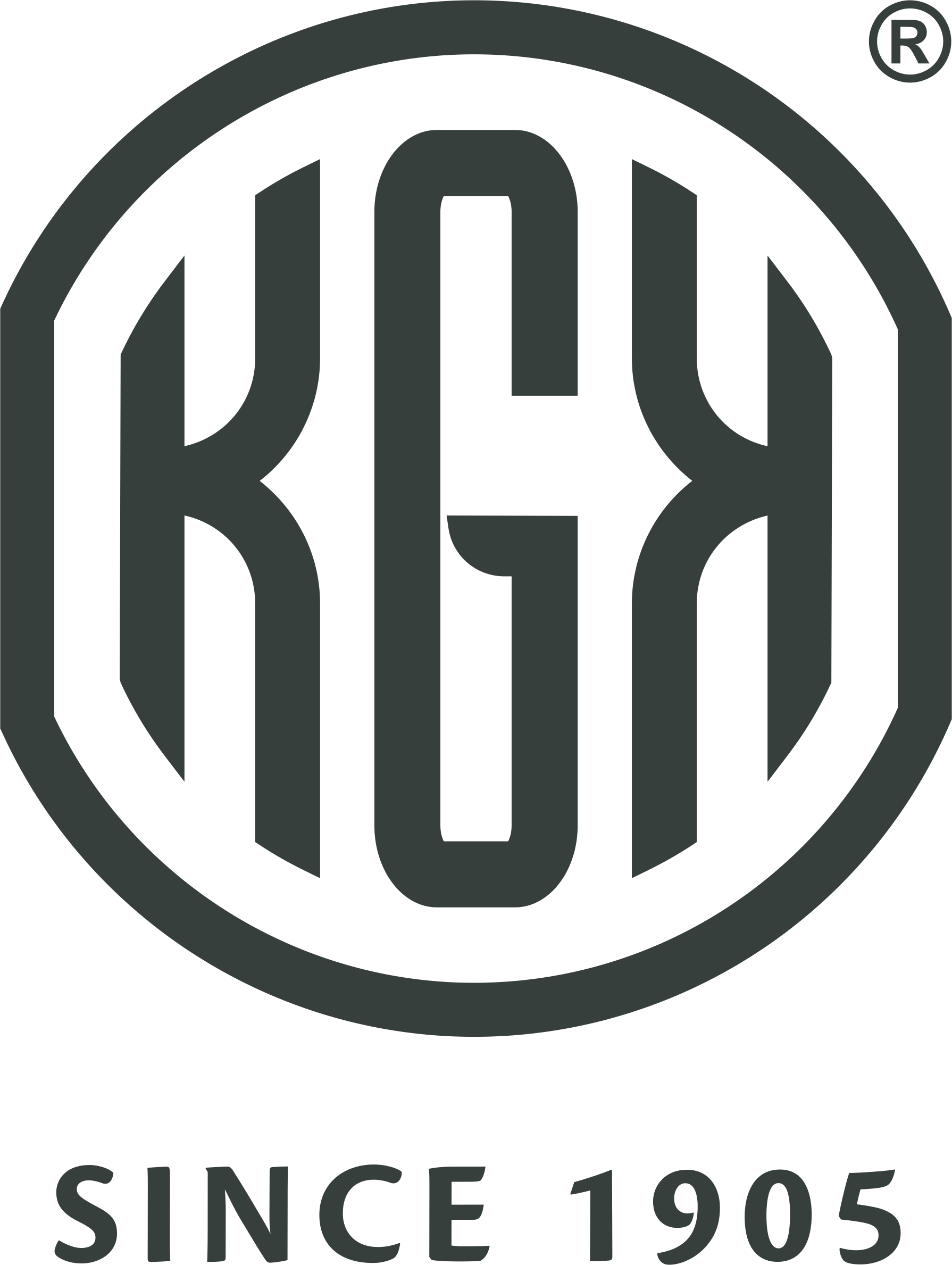Although it may go without saying, no two diamonds are exactly the same. They vary greatly in terms of their interior qualities in addition to their shapes and sizes. Some are more yellow or brownish than others, while others are whiter. Some are cloudier while others are crystal clear. While others may appear duller in comparison, some are proportioned in ways that make them sparkle with plenty of light. KGK Group offers you the best in quality diamonds, for all purposes.
It became important to develop a systematic system of rating each and every stone in order to make sense of it all. There are certain parameters based on which each and every diamond is judged. Here we will learn about all these terms in the diamond glossary and what they represent.
It became important to develop a systematic system of rating each and every stone in order to make sense of it all. There are certain parameters based on which each and every diamond is judged. Here we will learn about all these terms in the diamond glossary and what they represent.
Diamond Jewellery Terms That All Diamond Enthusiasts Should Know
Shapes
Numerous shapes are used when cutting diamonds for diamond jewellery. However, how does a diamond cutter choose which shape to produce? The primary goal of a diamond cutter is to maintain and increase carat weight. The diamond cutter will produce a form that maximizes carat weight and value because raw diamonds can have unpredictable shapes and sizes. Surprisingly, the roughest diamond carat is actually wasted on round-cut diamonds. In order to catch more of the rough diamond, the other fancy forms are deeper and frequently have longer, irregular shaping. When cutting a certain diamond shape, the amount of waste in the rough diamond is frequently a factor in determining the diamond’s worth. Less expensive shapes may be those that can keep more of the rough diamond. The price of the diamond also depends on other factors like demand and supply.Carat
A diamond weighing 1 carat (or ct) weighs 0.20 grams. Contrary to popular opinion, the diamond’s size is not determined by its carat weight. The diameter of a diamond, or its size in millimeters, is calculated by multiplying its length by its breadth. Each 1-carat diamond normally requires 250 tonnes of rock to be mined. Diamonds are pricey and uncommon because of this. There are many different shapes and carat weights of diamonds. The goal of a diamond cutter is to increase carat weight. The rarity and price of a diamond increase with its size. The closest 0.01ct is used in the accurate measurement of diamond weight. Before the carat was adopted by all countries in 1907, there were several different measures for diamonds. (At one time, carob seeds were used because it was mistakenly thought that there wasn’t much variation in the bulk of each seed.) Carat weight standardized over time. No matter whose organization certifies the diamond, it is now a standard point of reference on the certificate.-
Clarity
Microscopic impurities or flaws develop inside the diamond throughout the development process. Diamond inclusions are the name given to these flaws. Diamonds frequently have inclusions, which are essentially birthmarks that give each diamond its own individuality. No two diamonds are ever the same, as you may have heard. Inclusions are the cause, after all. A diamond’s shine is directly impacted by inclusions. Again, depending on their size, number, location, and nature, inclusions can lessen the shine of a diamond by obstructing light’s ability to refract through the stone and return to your sight. The above-mentioned elements are used to grade and set a range for a diamond’s clarity. The diamond clarity scale is used to describe this range. -
Cut
The sparkle, fire, brightness, and overall visual appeal of a diamond are all maximized throughout the cutting process. The cut is a gauge of how well a diamond performs under the light. A diamond is referred to as a rough diamond before it is cut and polished. The raw KGK Diamonds’ skin is opaque and frequently impenetrable. There is little to no sparkle in rough diamonds. This is as a result of the absence of facets or faces that reflect and bounce light. Diamond brilliance is a result of how light behaves. When light strikes a diamond, it penetrates the stone, travels through it and reflects off of it before returning to your eye.










